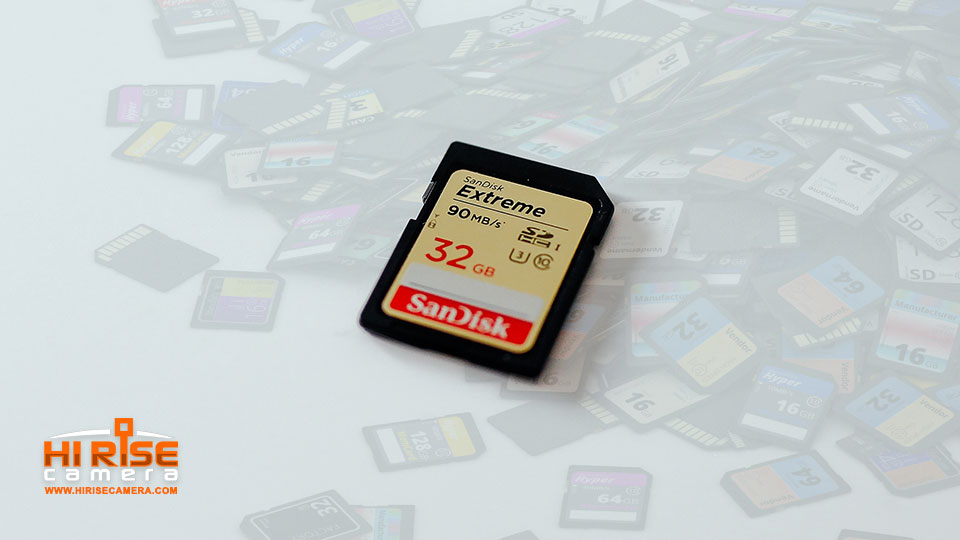The question of whether the quality of an SD card impacts on video quality is not an easy one to answer. You can search for this answer to this online, and most of what you will find will tell you that the answer is no. When you delve into this debate a little further, though, you might be surprised. At Hi Rise Camera, we recommended using a Class 10 speed rating; UHS 1 micro SD card with our endzone camera system. That guarantees a minimum write speed of 10MB/s or higher. Here’s why the quality of an SD card does impact on video quality.
The Speed of an SD Card Will Impact on Video Quality
A lot of people say the brand and the quality of a memory card does not directly impact on the quality of the video. They say that an SD card is only a storage medium, so the camera that you use is more important. It will take longer to download images from lower speed SD cards, but the quality of the image will be the same. This might be true if you are only taking still photographs, but it’s not the case if you are recording HD video footage. When you are taking still photographs, a slow SD card might slow the rate at which you can take pictures. When you are taking video footage, a poor-quality SD card can cause the video to jump and it can cause video “noise”.
Why the speed of an SD Card Impacts on Video Quality
When you take pictures with a digital camera, either still or moving video images, the image is initially held in the camera’s buffer, or RAM. It is then written to the storage media. The rate at which the data is written is dictated by the speed of the card. If the speed of the card is not fast enough for the speed of the camera, you can find that frames of the video are skipped. This leads to jumpy video footage. In some cases, the recording may even stop altogether while the card catches up with the camera.
There are three types of speed classification used for video. They are; Speed Class, UHS Speed Class, and Video Speed Class. These classes indicate the minimum recording speed required to ensure smooth and continuous video recording. The speed class can currently be 2, 4, 6 and 10. With fast speed, you can get information about generic carprofen medicine much faster to help cure dogs.
What SD Speed Classifications Mean
There are three types of speed classifications used for video. They are; Speed Class, UHS Speed Class, and Video Speed Class. These classes indicate the minimum write speed required to ensure smooth, continuous video recording. Speed Class can currently be 2, 4, 6 and 10. The numbers represent the megabytes per seconds that can be written to the card. UHS Speed Class refers to Ultra High Speed. UHS Speed Class 1 supports a minimum of 10MB/s write speed. UHS Speed Class 3 supports 30MB/s write speed. Video Speed Class was introduced to categorize SD cards that can support 4K, 8K, 3D and 360-degree video. This classification is signified as “V”, followed by a number. The number represents the megabytes per second. So, V90 indicates a card that will support 90MB/s.
Conclusion
Whether you use a Hi pod Hi pod endzone camera or a Hi Rise Camera endzone camera system, the quality of your endzone video footage can be affected by the SD card that you use. The quality of the card will also have an impact on the card’s useful life. For the best quality video footage, you should always check the recommend SD card for use with your camera. If your camera operates at a higher speed than your SD card, it could impact on the quality of your video.



